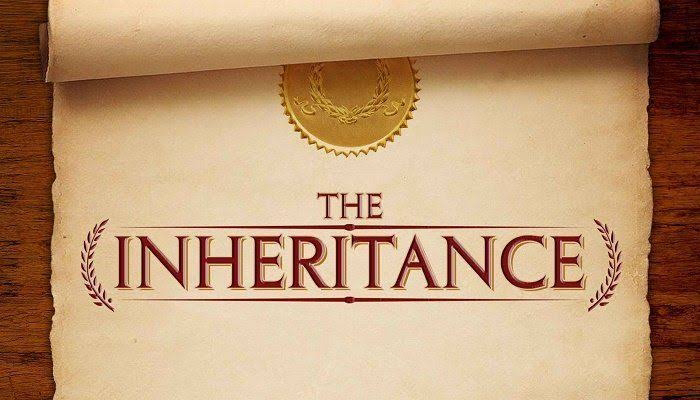CONCEPT OF MEDIA LAW
Media law is law that regulates media production and use. Media law can encompass many different types of media including broadcast television, internet and print media. The practice of media law may involve all of the types of legal issues that might arise during the production or consumption of various types of media. In India, the Press is free but subject to certain reasonable restrictions imposed by the Constitution of India, 1950, as amended.. Before the impact of globalization was felt, the mass media was wholly controlled by the government, which let the media project only what the government wanted the public to see and in a way in which it wanted the public to see it. However, with the onset of globalization and privatization, the situation has undergone a humongous change.
Media laws in India have a long history and are deeply rooted in the country’s colonial experience under British rule. There have been many changes from colonial era till the time of independence. However, the most significant day in the history of Media Regulations was the 26th of January 1950 – the day on which the Constitution was brought into force. The colonial experience of the Indians made them realise the crucial significance of the ‘Freedom of Press’. Such freedom was therefore incorporated in the Constitution; to empower the Press to disseminate knowledge to the masses and the Constituent Assembly thus, decided to safeguard this ‘Freedom of Press’ as a fundamental right.
In this age of media explosion, one cannot simply remain confined to the boundaries of the traditional media. The media world has expanded its dimensions by encompassing within its orbit, the widening vistas of cyber media etc.




Comments
Post a Comment